Arsenic Removal Plant
Arsenic, carcinogenic element, a poisonous element presents in water to filter it out before use for drinking and in pre-treatment of wastewater treatment plants. As the problem of drinking water contamination alone affects more than 150 million people worldwide. Therefore, several conventional techniques have been used to remove arsenic (As), including oxidation, coagulation, adsorption, etc., but due to their maintenance costs, there is a push for sophisticated, affordable nanofiltration membrane-based technology.
With the aid of catalytic, nano adsorbent filter media for drinking water and for the pre-treatment of industrial wastewater, WATERMAN ENGINEERS AUSTRALIA designs, manufactures, and commissions arsenic removal systems to fulfil the growing need for fresh and drinking water. In order to pre-treat for wastewater treatment, it is required to remove Iron and Manganese, which this catalytic, nano adsorbents filtration media will help to do. In order to protect water security, we as arsenic removal system manufacturer focuses on an improved nanofiltration (NF) approach for removing arsenic (As).
Need of Arsenic Removal Plants
Chemical precipitation, adsorption, coagulation, filtering etc. are some of the developed techniques for removing "As." In the area of separation technology, nano adsorbent filtration is a technology that is advancing. Nano adsorbent technology for the filtration of drinking water has recently gained popularity due to its ease of use, adaptability, stricter restrictions, lower costs, and expanding commercial availability of a wide range of membranes.

It simply needs a small quantity of energy and no chemicals or additions. Additionally, the world population is growing at a rate of 80 million per year, which causes a 64 billion cubic metre annual increase in water consumption.
In recent years, one of the biggest health risks has emerged because of drinking water that contains arsenic. Public health officials are extremely concerned about high levels of arsenic (As) in drinking water because it can initially lead to skin conditions before later developing into cancer.
Arsenic contamination of drinking water is a growing problem worldwide. Multiple cancers may develop in those who consume arsenic-rich water on a regular basis. Considering this, the USEPA, WHO and EU reduced the initial arsenic contamination level of 50 ppb to a maximum of 10 ppb. Therefore, reducing these health hazards for those who live close to water bodies with high arsenic levels requires a focus on arsenic remediation. Adsorption is thought to be the least expensive. Most adsorbents, according to the literature, cannot be employed in field applications because of problems with their poor adsorption capacity and excessive levels of particle leaching into filtered water, which pose health risks.
Ultra-low-cost catalytic, nano adsorbent filter for arsenic removal
Arsenic, carcinogenic element, a poisonous element presents in water to filter it out before use for drinking and in pre-treatment of wastewater treatment plants. WATERMAN ENGINEERS AUSTRALIA has developed a completely indigenous ultra-low-cost filter capable of absorbing arsenic. This easy-to-handle filter is made from catalytic nano adsorbent along with sand or carbon filtration system or dual media filtration unit that has the capacity to adsorb arsenic.
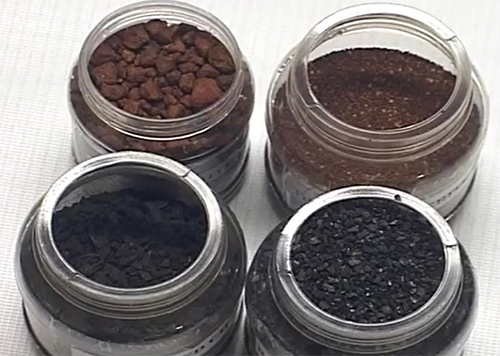
Arsenic nano adsorbent filters benefits Configuration:
Compared to other search available filters in market, this nano adsorbent filter media is appropriate for the socio-economic conditions of many countries.
- This filter has a very long lifespan of around five years.
- Throughout its lifetime, the absorbent doesn't need to be renewed.
- The household filter is not powered by electricity.
- The household filter has a daily capacity of 80 to 100 litres.
- The price of the treated water per litre is less than that of other available filters
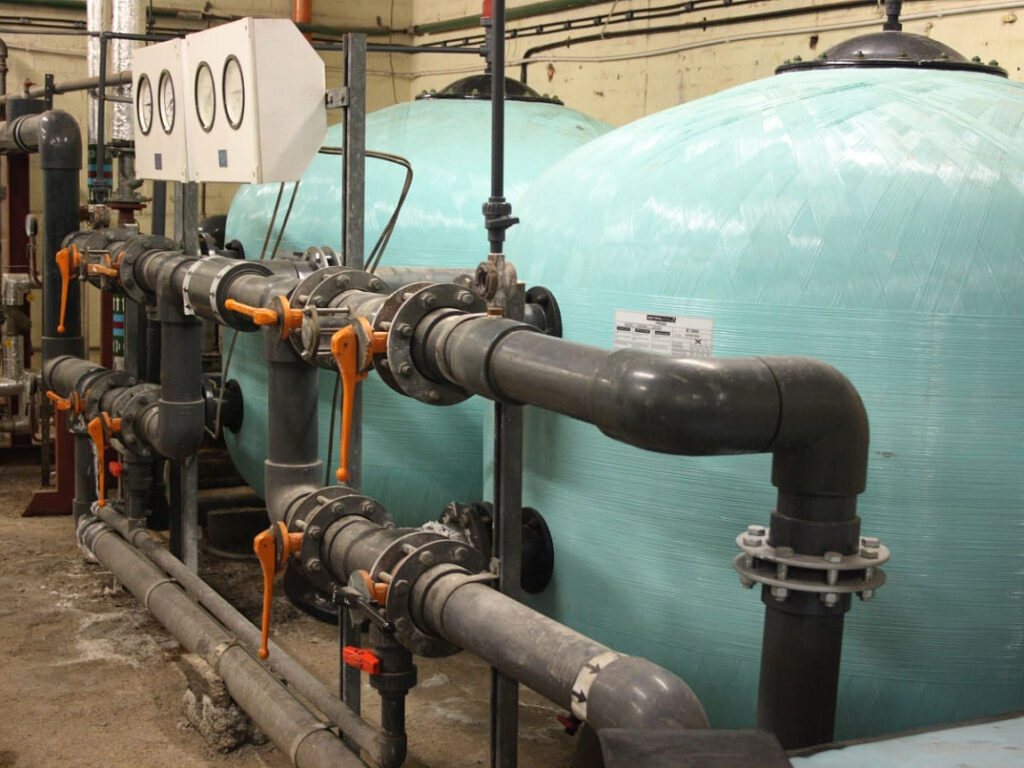
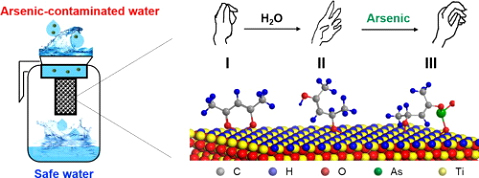
This indigenous filter for arsenic removal is low cost and easy to handle. With this technology the people of world can avail arsenic free water.
The best filter currently on the market is seven times less effective than the revolutionary filter that nanotechnology engineers at WATERMAN ENGINEERS AUSTRALIA have created, called catalytic nano adsorbent composite filter. This adsorbent has extraordinarily high levels of metal oxide nanoparticles that are capable of adsorbing arsenic integrated inside a robust composite polymer matrix.
The large surface area of this material and the reaction kinetics strength that distinguish it from all other arsenic removal techniques allow for the practically total removal of arsenic from running water. This catalytic nano adsorbent filter has a surface area like that of carbon nanotube materials. Because nano adsorbent is so effective, one gramme of it has 40% more surface area than the typical available filters in market.
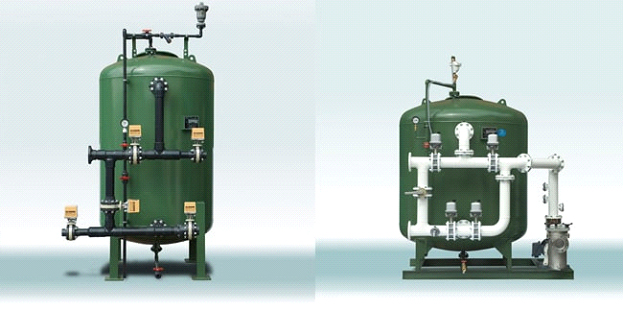
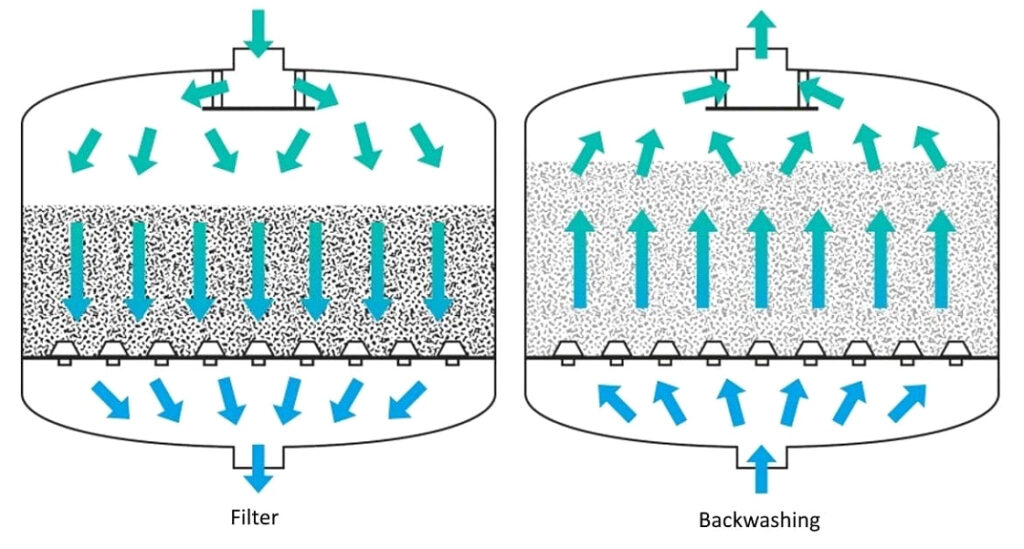
This treatment nano adsorbent filter media system has been able to consistently reduce arsenic levels to non-detectable levels in the drinking water as well as pre- treated water for wastewater treatment. The media has not required replacements. The nano adsorbent filter media needs to be backwashed periodically to remove particles trapped in the media. The backwash water is discharged to holding tank to allow settling of solids. After sufficient settling has occurred. The supernatant is recycled back through the entire treatment process. This method of residuals handling is cost effective and has worked well with this media.
Arsenic Removal System Frequently Asked Questions
What is the necessity for arsenic removal plants?
Arsenic is a naturally occurring element found in both groundwater and soil. Concentration levels might differ considerably according to where you reside. It is exceedingly poisonous at high doses. Whenever arsenic concentrations are elevated, water would need to be cleansed to eliminate it.
What technique do you employ for arsenic removal?
WATERMAN ENGINEERS AUSTRALIA has created a wholly indigenous amazingly low expense filtration system capable of capturing arsenic. This simple filter is constructed using a catalysed nano adsorbent and carbon filtration system or double media screening unit capable of adsorbing arsenic.
Why are Arsenic Removal Plants using Nano adsorbent technology growing popular?
Owing to its simplicity of use, versatility, stronger regulations, cheaper prices, and increasing commercial accessibility of a broad spectrum of membranes, nano adsorbent technology for potable water filtration systems has lately acquired interest.
What advantages do arsenic nano adsorbent filters have?
Arsenic nano adsorbent filters provide several advantages, including a long shelf life that does not require replacement. These are not driven by power, and the treated wastewater costs are less per litre when compared to other existing filters. Also, this adsorbent has extremely high concentrations of nanoparticles containing metal oxide that can bind arsenic.
How do nano adsorbent filters operate in arsenic removal plants?
The total area and response kinematics of the catalytic nano adsorbent filter separate it from any other arsenic removal approaches, allowing it to essentially remove all arsenic from flowing water as well as pre-treated wastewater treatment. Backwashing the nano adsorbent filter on a regular basis is necessary to eliminate components trapped in the filter of arsenic removal plants.
Where does most of the arsenic in drinking and industrial water come from?
Rock and soil both naturally contain arsenic. Arsenic can dissolve into groundwater and get into drinking water wells when it is present in soil and rock. Most people get arsenic from the food they eat and the water they drink.
Is arsenic responsible for water pollution?
Arsenic is used in many industries, such as animal feed, wood preservatives, and pesticides. It can also get into the groundwater when people do things like mining. Arsenic is a problem in drinking water because it can cause cancer and is dangerous even in small amounts.
How can you tell if water contains arsenic?
It's impossible to know how much arsenic is in the water before a well is dug. Arsenic concentrations in wells can vary widely, even in close proximity to one another. You can't detect arsenic in water by its appearance, smell, or taste.
What color does arsenic in water have?
Arsenic is tasteless, colourless, and odourless. You can collect a sample of your tap water and send it to a lab for analysis. The majority of well, drinking and industrial water tests will look for dangerous contaminants like arsenic.
What level of arsenic in water is considered safe?
The United States Environmental Protection Agency has established an MCL (Maximum Contaminant Level) for contaminants in drinking water of 0.010 mg/L (parts per million) (ppm). This concentration is equal to one microgram per milliliter, or one in a billion.
What level of arsenic is acceptable in wastewater?
All public water supplies, including temporary ones that aren't used by the public, must adhere to a maximum arsenic level of 10 parts per billion.
How long does it take to find arsenic?
Most of the arsenic in your body leaves your body within a few days, so a test of your urine can't tell if you've been exposed to it before. By testing your hair or fingernails, you can find out what you've been exposed to in the last 6–12 months. However, these tests are not very good at finding low-level exposures.
What level of toxicity does arsenic reach?
The National Institute for Occupational Safety and Health (NIOSH) says that people should not be exposed to more than 2 micrograms per cubic metre of air for no more than 15 minutes. This is because arsenic is a possible human carcinogen.
What is the significance of removing arsenic?
Arsenicosis is the name for a group of skin sores and cancers that can happen after long-term exposure to more than 50 g/L of inorganic arsenic in drinking water. One of these is hyperpigmentation. Another is hyperkeratosis.
How is arsenic taken out of drinking water and water used in factories?
To purge arsenic from both residential and commercial water supplies, RO seems to be the most cost-effective option. RO is comparable to atomic-scale filtration. It functions by forcing water through a unique membrane.
Which media removes arsenic the best?
Special adsorption media are required to remove arsenic from water. There are differences in the media life of granular ferric oxide, titanium, and hybrid media containing iron-impregnated resin, all of which are very effective.
How is arsenic extracted from industrial liquid waste?
The chemical processes of coagulation and precipitation, followed by the physical process of filtration, are a low-cost method of removing arsenic. This method is known in the water treatment industry as coagulation/filtration (CF). Iron salts and aluminium sulphate are two frequently used coagulants for arsenic.
How can arsenic in water be avoided?
Arsenic can be removed from water in a variety of ways. Replace sources high in arsenic, like groundwater, with sources low in arsenic and safe for microbes, like rainwater and treated surface water. Make a distinction between sources with high and low arsenic levels.
What kind of technology removes arsenic?
The method for getting rid of arsenic from water that has been studied the most is coagulation and filtration with metal salts and lime, followed by filtration. During coagulation, arsenic is taken out of the solution in three different ways that work together.
Can you absorb arsenic from water through your skin?
Arsenic does not readily evaporate from water and is not readily absorbed through the skin. Therefore, it is unlikely that bathing or washing dishes in arsenic-contaminated water will result in health issues. Well water contains arsenic due to natural occurrences.
How can arsenic-contaminated water be cleaned up?
Arsenic removal methods currently in use include precipitation, adding lime or coagulants to water, membrane filtration, and ion exchange. However, installing a filter is a common method of elimination because it is simple, cheap, and efficient.
What commercial practises cause arsenic to enter the environment?
People are also adding to the amount of arsenic in the environment through things like mining, smelting, burning fossil fuels, making, and using pesticides in agriculture, and treating wood with chemicals to make it last longer.
How is arsenic removed from groundwater?
Both species of arsenic can be removed from potable and industrial water by using a granular ferric oxy-hydroxide media. Pre-chlorinated groundwater with arsenate concentrations between 11 and 40 ppb at neutral pH is treated using the media once.
Does boiling water remove arsenic?
Never try to boil water to get rid of arsenic. Arsenic levels will only rise if water is heated to a boil. Home treatment systems can remove arsenic from your water.
Does arsenic degrade with time?
Arsenic can change forms and combine with other elements to form molecules with different chemical properties, but because it is an element like carbon and oxygen, it does not decompose in the environment into simpler substances.
What is an arsenic weakness?
Arsenic is difficult to mobilise when it is inactive. Human activity has also mobilised naturally immobile arsenic, primarily through mining and melting, and it is now present in many more areas than in the past.
Which organs is arsenic harmful to?
Skin is one of many organs and systems that arsenic can harm.
- System of nerves.
- Respiratory apparatus.
- Circulatory system.
- Bladder, prostate, kidney, and liver.
- System of defence.
- Hormone system.
- Morphological procedures.
In what meals should arsenic be avoided?
Even though arsenic can be found in many other foods, like some fruit juices, the most arsenic (in all of its forms) is found in seafood, rice, rice cereal (and other rice products), mushrooms, and chicken.
Arsenic-induced kidney failure is possible?
The development of chronic kidney disease, an irreversible disorder for which there is now no cure, is caused by recurrent damage to the kidneys caused by toxicants like arsenic. Even worse, chronic kidney disease progresses and eventually results in renal failure.
What are three fascinating arsenic facts?
Since ancient times, people have known about arsenic, though most likely in a form that is not pure. Its historical use in rat control contributed to its widespread notoriety. Pigments, toxic gases, and insecticides are all products of its combination with other chemicals (such as Paris Green, calcium arsenate, and lead arsenate).
How many individuals are arsenic's victims?
According to a recent study, as many as 220 million people worldwide may be at risk of consuming groundwater that has been poisoned with arsenic.
Can you survive after consuming arsenic?
Consuming a hazardous amount of arsenic is the main reason for arsenic poisoning. When taken in large doses, arsenic can quickly cause death. It can result in a serious illness or a protracted death when consumed in small amounts over an extended period of time.
Which plants are able to absorb arsenic?
Waterman Engineers Australia Plant is best for removing arsenic from drinking water and industrial wastewater. The arsenic removal facility from Waterman Engineers Australia shows potential for cutting down on the time and expense involved in arsenic clean-up. Its ability to hyper-accumulate and survive extremely high quantities of arsenic, which it absorbs from the soil and sequesters in its fronds, makes it unusual.


